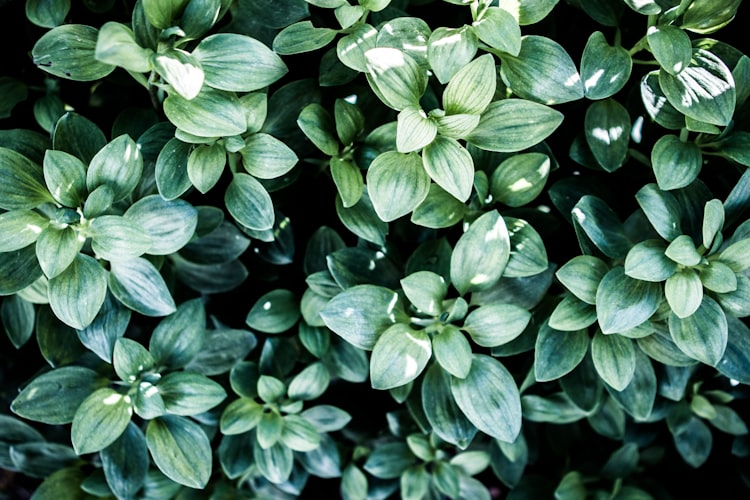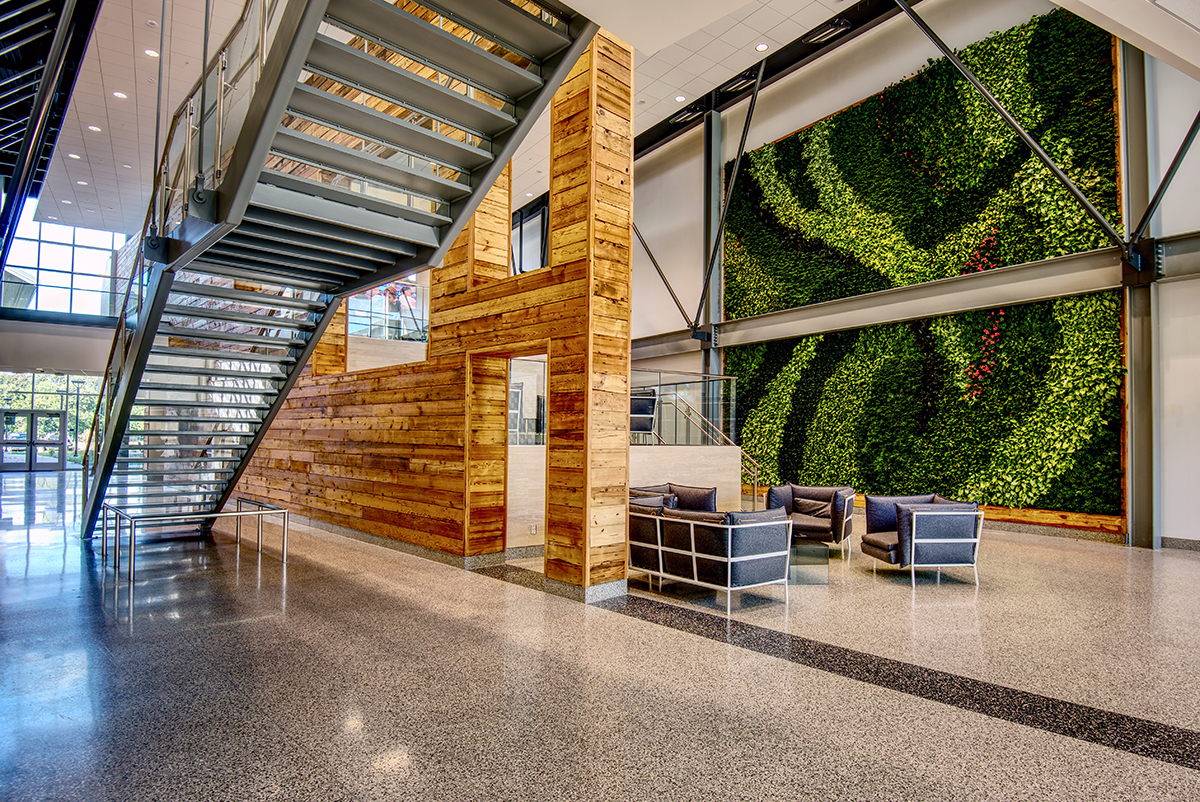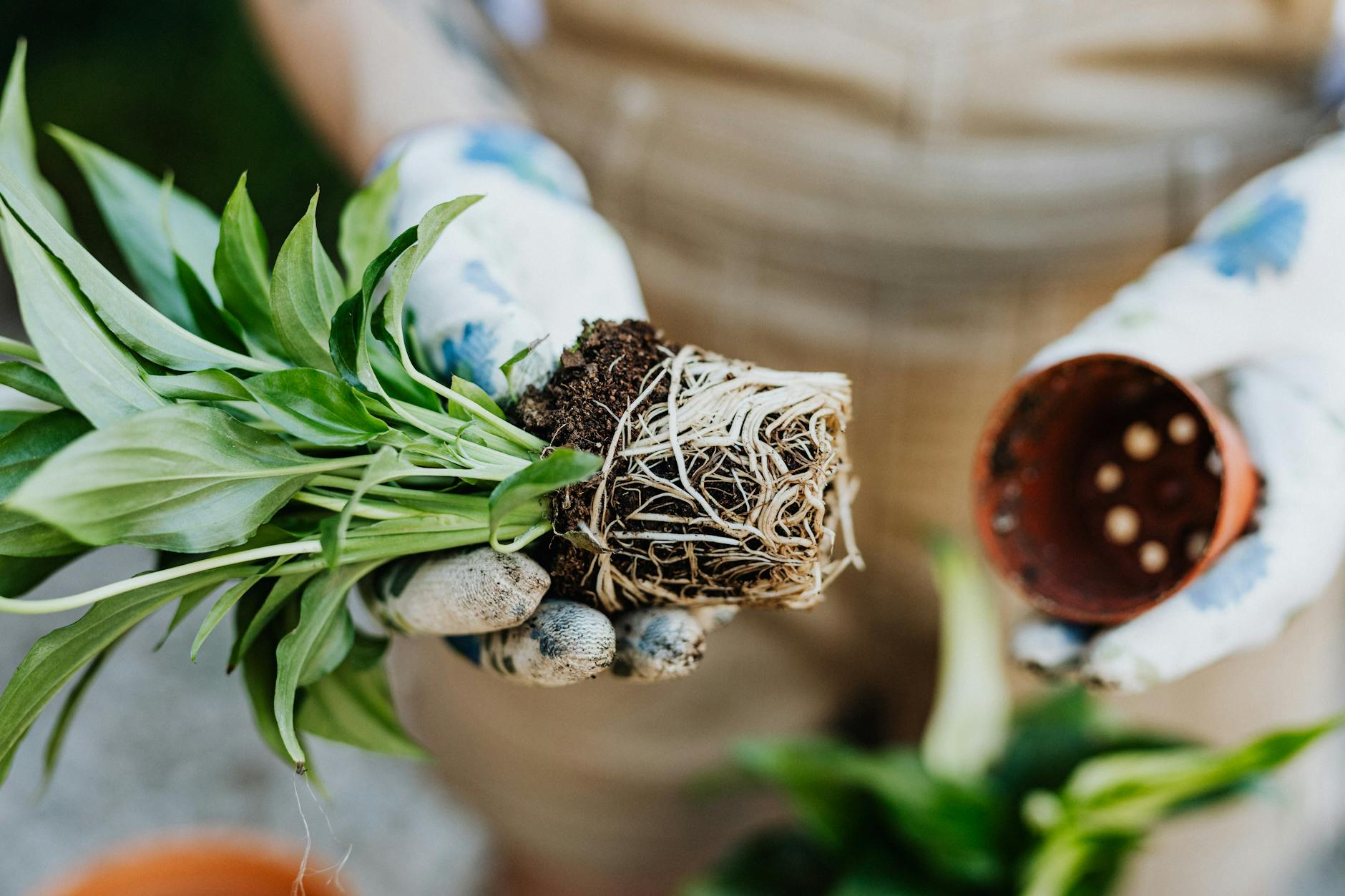What is Biofiltration?
Biofiltration put simply, is the natural biological process of reducing VOCs and pollution in the air. This is accomplished by drawing the contaminated air stream through a growing medium and to a plant's root system where microorganisms trap and break down the contaminants found in the air and water.

What is a Living Wall Biofilter?
A living wall biofilter is a system made up of a living vertical garden in a suitable medium, a tank or reservoir for water with a pump for circulation, and a fan for moving air through the system. Plants on this kind of living wall system are grown hydroponically, without the use of soil, and a purely hydroponic system would include added nutrients to feed the plants. An aquaponic system is similar but includes some kind of aquatic life (fish or otherwise) whose waste feeds the plants, creating a symbiotic relationship between the fish and the plants.

These systems have numerous benefits for the buildings that house them. On the surface, living walls provide aesthetic beauty. The biophilic element it brings means that people who live in, work at, or visit the building will naturally feel better and be more productive by being closer to nature. Circulating the air through oxygen-producing plants refreshes the air, reducing the need to ventilate the building with outside air. Bringing in less outdoor air reduces heating and cooling costs because the air is already at ambient temperatures. And last, but not least, living wall biofilters clean the air, removing both small particles and VOCs (volatile organic compounds).
The Role of Friendly Bacteria in Biofiltration
Research has proven that circulating air through a living wall biofilter removes a significant portion of the VOCs. The hidden magic that makes the whole system work is the microbiome present on the plants, specifically those in the root zone (rhizosphere).

The aspect of VOCs that makes it "organic" is the carbon. That is why the microbial community on the roots of plants is uniquely suited to breaking them down. When the carbon is separated from the rest of the compound, it helps the plant manufacture food through photosynthesis. It’s the specialized bacteria on the plant roots that have the job of breaking down materials that contain carbon for the benefit of the plant.
Why A House Plant Isn’t a Biofilter
Your house plants have the same microbial power to break down carbon-containing compounds. Unfortunately, a potted plant in your living room isn’t able to filter the air effectively enough to make an impact on your indoor air quality (IAQ). There are two main reasons for this. The first reason is an effect called boundary layer resistance, which suggests that there is an undisturbed layer of air surrounding the leaves and roots of the plant. This means that most of the air in the room isn’t even reaching the area where VOCs are able to be processed by the plant. The other reason is that the most effective population of air-purifying organisms is present in the rhizosphere, or root zone, of the plant.
Biofilters work around these issues by 1) using a fan to circulate air to the plants, and 2) exposing the roots of the plants to the air by growing them hydroponically, rather than in soil.
Biofilm: A Slippery Ally in Biofiltration
If you’ve ever washed your dog’s water bowl, you may be familiar with biofilm, whether you knew what it was or not. The slippery film that grows on a wet surface over time is made up of bacteria in an extracellular polymeric substance (EPS). Usually, we don’t think of biofilms in a positive light (plaque on your teeth is another familiar example). However, in a biofiltration system, because the growing medium is kept moist to keep the plants alive, it also develops a thriving biofilm of the beneficial bacteria. This further increases the effectiveness of the air filtration and purification qualities of the biofilter.
Biofiltration: The Air Purification System of the Future
Biofiltration has been used in an industrial setting for a while now. After years of research, the possibilities for translating this technology into our home and work environments are beginning to take shape. Building on the groundbreaking research by professors at the University of Guelph, Ontario, our company has designed a home-scale biofilter: Respira. Our design includes all the benefits of hydroponically grown plants with their roots and microbes, complete with an air circulation system and integrated smart technology that automatically keeps the plants thriving.

